Home>Construction & Tools>Building Materials>How To Change Brick Color
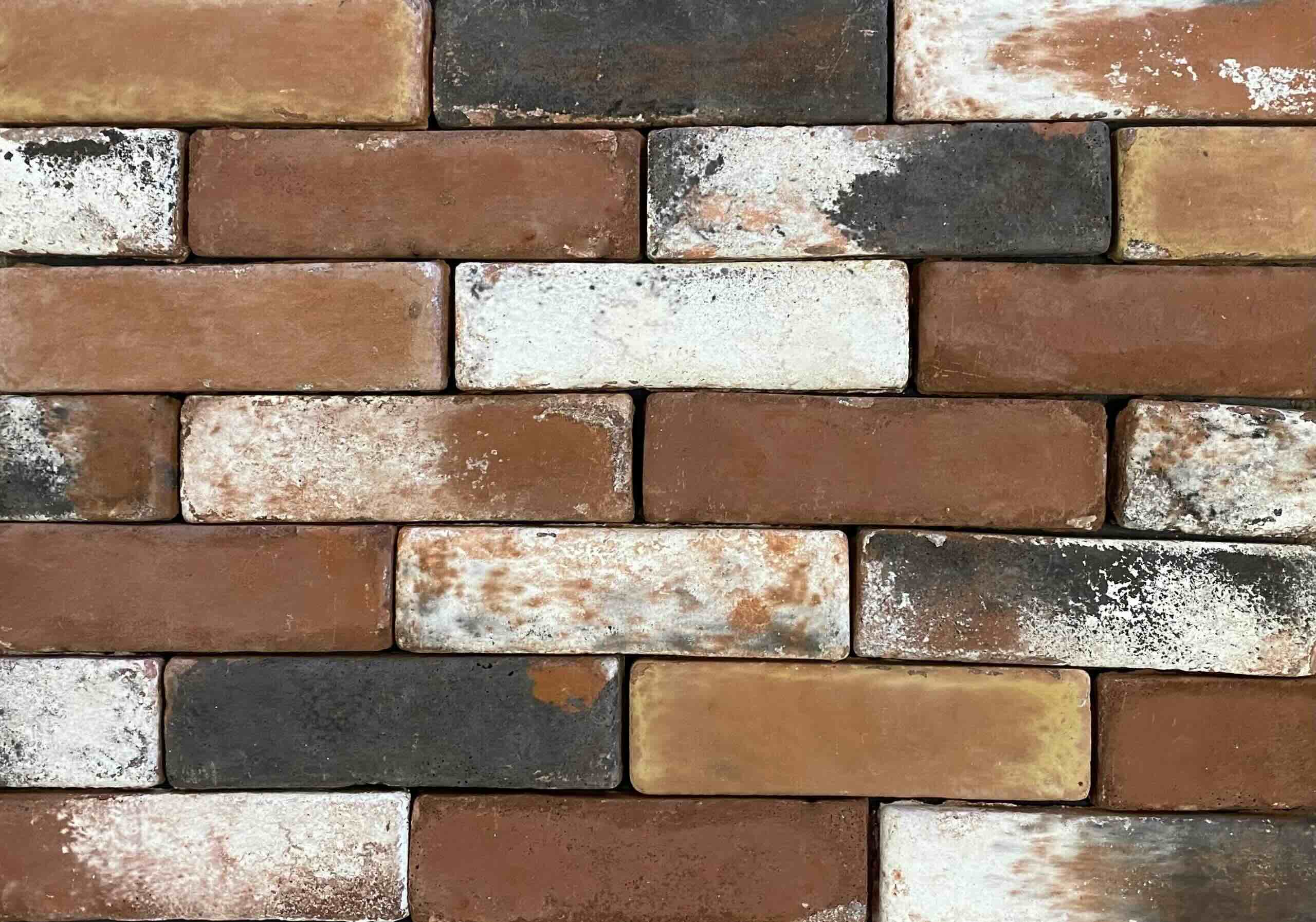

Building Materials
How To Change Brick Color
Modified: January 23, 2024
Learn how to change the color of your building materials with our step-by-step guide. Discover the best techniques for updating the look of your bricks.
(Many of the links in this article redirect to a specific reviewed product. Your purchase of these products through affiliate links helps to generate commission for Storables.com, at no extra cost. Learn more)
Introduction
Changing the color of your bricks can breathe new life into your home or commercial property. Whether you’re seeking a modern update or a timeless transformation, altering the color of your bricks can significantly enhance the aesthetic appeal of your building. However, this process requires careful consideration and meticulous execution to achieve the desired results. In this comprehensive guide, we’ll explore the essential steps for changing the color of your bricks, from assessing the current state of the brick to applying the new color and performing necessary maintenance.
Before embarking on this endeavor, it’s crucial to evaluate the condition of your existing bricks and select a new color that complements your property’s architectural style. Additionally, proper surface preparation and meticulous application techniques are vital for achieving a flawless finish. By following the steps outlined in this guide, you’ll be equipped with the knowledge and insights necessary to successfully change the color of your bricks and revitalize the appearance of your property.
Whether you’re a homeowner looking to refresh your residence or a business owner aiming to enhance your commercial space, the process of changing brick color can yield remarkable results. Let’s delve into the key considerations and steps involved in this transformative endeavor.
Key Takeaways:
- Choose a new brick color that complements your property’s style, environment, and your personal taste. Consider long-term appeal, climate, and maintenance for a timeless and practical transformation.
- Thoroughly prepare and meticulously apply the new brick color, ensuring uniform coverage and durability. Embrace proactive maintenance to preserve the beauty and integrity of the transformed exterior.
Read more: What Is The Color Of Brick
Assessing the Current State of the Brick
Before embarking on the journey of changing the color of your bricks, it’s essential to assess the current condition of the brick surface. Whether your bricks are painted or unpainted, it’s crucial to evaluate their texture, porosity, and overall integrity. Unpainted bricks may offer more flexibility in terms of color change, while painted bricks require additional considerations.
Unpainted Bricks:
- Examine the porosity of the bricks: Porous bricks may require more coats of the new color to achieve the desired depth and richness.
- Assess the presence of efflorescence: Efflorescence, the white, powdery residue caused by salt deposits, can impact the adhesion of the new color. Addressing efflorescence before applying the new color is crucial for a successful outcome.
- Consider the texture of the bricks: Textured bricks may require additional effort during the application process to ensure complete coverage and a uniform appearance.
Painted Bricks:
- Evaluate the condition of the existing paint: If the current paint is peeling or flaking, thorough removal may be necessary before applying the new color. This can involve techniques such as sanding, scraping, or pressure washing, depending on the type of paint and the condition of the surface.
- Identify the type of paint used: Understanding the existing paint composition is crucial, as it can impact the compatibility of the new color and the adhesion to the surface. Some paints may require specific primers or preparation steps to ensure proper bonding with the new color.
- Consider the desired outcome: If the goal is to change the color drastically, it may be necessary to use specialized primers or base coats to effectively conceal the existing color and prevent it from bleeding through the new application.
By carefully assessing the current state of the bricks, you can make informed decisions regarding the color change process. Whether dealing with unpainted or painted bricks, understanding the intricacies of the existing surface is fundamental for planning the subsequent steps and achieving a successful transformation.
Choosing the New Brick Color
When selecting a new color for your bricks, it’s essential to consider various factors that will influence the overall aesthetic and longevity of the transformation. The chosen color should harmonize with the architectural style of the property, complement the surrounding environment, and align with your personal preferences. Additionally, practical considerations such as climate, maintenance, and long-term appeal should also be taken into account.
Architectural Harmony:
Consider the architectural style and design elements of your property. Whether it’s a traditional, contemporary, or eclectic structure, the new brick color should enhance the overall aesthetic and seamlessly integrate with the existing design. For historical or heritage buildings, it’s important to choose a color that respects the original character while infusing a fresh vibrancy.
Environmental Integration:
Assess the surrounding landscape, neighboring structures, and natural elements. The new brick color should harmonize with the environment, complementing the hues of foliage, landscaping features, and nearby buildings. It’s important to create a cohesive visual impact that enhances the property’s curb appeal and contributes to the overall visual harmony of the area.
Personal Preference and Longevity:
Consider your personal taste and the long-term appeal of the chosen color. While trendy or bold hues may be appealing at the moment, it’s essential to evaluate their enduring charm and potential impact on the property’s resale value. Neutral tones and classic colors often offer timeless elegance and broader appeal, providing flexibility for future design updates and adaptations.
Climate and Maintenance:
Factor in the climatic conditions of your region and the maintenance requirements associated with the chosen color. Lighter shades may show dirt and stains more prominently, requiring regular cleaning, while darker tones can absorb heat and may fade over time. Understanding the implications of climate and maintenance will help you make an informed decision that aligns with practical considerations.
By carefully considering these aspects, you can narrow down the options and choose a new brick color that aligns with your vision, complements the property’s architecture, integrates with the environment, and withstands the test of time. The selected color will set the stage for the subsequent steps in the color change process, shaping the overall transformation of your property’s exterior.
To change brick color, use a masonry stain or paint specifically designed for brick. Clean the surface thoroughly before applying the new color to ensure proper adhesion. Always test a small area first to ensure the desired result.
Preparing the Brick Surface
Proper preparation of the brick surface is a critical step in the color change process, laying the foundation for a durable and visually appealing result. Whether dealing with unpainted or painted bricks, thorough surface preparation is essential for ensuring optimal adhesion, uniform color coverage, and long-term performance of the new brick color.
Cleaning and Surface Inspection:
Begin by cleaning the brick surface to remove dirt, grime, and any existing contaminants. This can be achieved through pressure washing, scrubbing with a mild detergent, or utilizing specialized brick cleaning solutions. Once the surface is clean, inspect it for any signs of damage, such as cracks, spalling, or mortar deterioration. Addressing these issues before proceeding with the color change is crucial for preserving the structural integrity of the bricks.
Efflorescence Removal:
If efflorescence is present on unpainted bricks, it must be thoroughly removed to prevent interference with the new color application. Efflorescence can be addressed through mechanical methods such as wire brushing or chemical treatments designed to dissolve and eliminate the salt deposits. Ensuring the removal of efflorescence is essential for achieving a smooth and uniform finish with the new color.
Paint Stripping and Surface Smoothing:
For painted bricks, the existing paint must be carefully stripped to create a clean, receptive surface for the new color. Depending on the type of paint and the condition of the surface, this may involve methods such as sanding, scraping, or chemical paint strippers. After stripping, the surface should be smoothed and any imperfections addressed to create an even base for the new color application.
Priming and Sealing:
Applying a suitable primer to the prepared brick surface is essential for promoting adhesion and enhancing the color vibrancy of the new application. The primer should be selected based on the type of bricks and the chosen color, ensuring compatibility and optimal bonding. Additionally, sealing the bricks after priming can further enhance the durability and weather resistance of the new color, providing long-lasting protection and visual appeal.
By meticulously preparing the brick surface through cleaning, efflorescence removal, paint stripping (if applicable), surface smoothing, priming, and sealing, you establish a solid groundwork for the subsequent application of the new brick color. This meticulous preparation is fundamental for achieving a professional finish and ensuring the longevity of the color change transformation.
Applying the New Brick Color
Once the brick surface is meticulously prepared, it’s time to embark on the transformative process of applying the new color. Whether utilizing paint, stain, or specialized brick colorants, the application phase requires precision, patience, and attention to detail to achieve a flawless and enduring result.
Choosing the Application Method:
Selecting the appropriate application method is crucial for achieving the desired coverage and finish. Whether employing brushes, rollers, sprayers, or specialized brick staining techniques, the chosen method should align with the texture and porosity of the bricks, as well as the characteristics of the selected colorant. Additionally, consider the scale of the project and the accessibility of the brick surface when determining the most suitable application approach.
Ensuring Uniform Coverage:
Begin the application process with a focus on achieving uniform coverage across the entire brick surface. Pay attention to any recessed areas, mortar joints, and textured regions to ensure that the new color penetrates and adheres consistently. Multiple thin coats may be necessary to build up the desired depth and richness of the color, especially when dealing with porous or textured bricks.
Managing Excess Colorant:
While applying the new color, it’s important to manage excess colorant and address any drips, runs, or pooling to maintain a clean and professional appearance. Careful oversight during the application process can prevent unsightly streaks, drips, or uneven color distribution, contributing to a high-quality and visually appealing outcome.
Allowing for Proper Drying and Curing:
After completing the application of the new brick color, allow sufficient time for drying and curing as per the manufacturer’s recommendations. Proper drying and curing are essential for the colorant to bond effectively with the brick surface, ensuring durability, weather resistance, and long-term color retention. Avoid exposing the freshly colored bricks to moisture or adverse weather conditions during the drying and curing period.
Ensuring Post-Application Quality:
Once the new color has been applied and allowed to cure, inspect the surface for any imperfections, uneven coloration, or areas requiring touch-ups. Address any discrepancies promptly to achieve a consistent and professional finish that aligns with your vision for the transformed brick exterior.
By approaching the application of the new brick color with precision, attention to detail, and a commitment to achieving uniform coverage and quality, you can bring your vision for the revitalized brick exterior to fruition. The application phase represents a pivotal stage in the color change process, shaping the visual impact and longevity of the transformation.
Read more: How To Restore Brick Color
Finishing Touches and Maintenance
As the application of the new brick color reaches its culmination, attention turns to the final touches that enhance the overall visual impact and the essential maintenance practices that uphold the longevity of the transformation.
Completing the Aesthetic Vision:
After the new brick color has been applied and allowed to cure, step back to assess the overall aesthetic impact. Address any areas that may require additional touch-ups or refinement to achieve a seamless and cohesive appearance. Attention to detail during this phase contributes to the overall visual harmony of the transformed brick exterior.
Protective Coatings and Sealants:
Consider applying a protective coating or sealer designed for brick surfaces to enhance the durability and weather resistance of the new color. These coatings can provide an additional layer of protection against moisture, UV exposure, and environmental elements, contributing to the long-term preservation of the color change transformation.
Maintenance Practices:
Establish a proactive maintenance routine to preserve the vibrancy and integrity of the new brick color. Regular cleaning using gentle methods such as rinsing with water or using a mild detergent can help remove surface contaminants and maintain the visual appeal of the bricks. Additionally, addressing any signs of deterioration, such as mortar damage or efflorescence, in a timely manner can prevent issues from compromising the longevity of the color change.
Monitoring and Preservation:
Periodically monitor the condition of the colored bricks, paying attention to any signs of fading, discoloration, or damage. Promptly addressing any emerging issues through touch-ups, repairs, or maintenance interventions can prolong the vibrancy and beauty of the new brick color, ensuring that the transformation endures over time.
By attending to the finishing touches that refine the aesthetic impact of the color change and embracing proactive maintenance practices, you can ensure that the new brick color retains its allure and durability. The culmination of the color change process is not only a testament to the transformative power of a fresh palette but also a commitment to preserving the beauty and integrity of the property’s exterior.
Frequently Asked Questions about How To Change Brick Color
Was this page helpful?
At Storables.com, we guarantee accurate and reliable information. Our content, validated by Expert Board Contributors, is crafted following stringent Editorial Policies. We're committed to providing you with well-researched, expert-backed insights for all your informational needs.
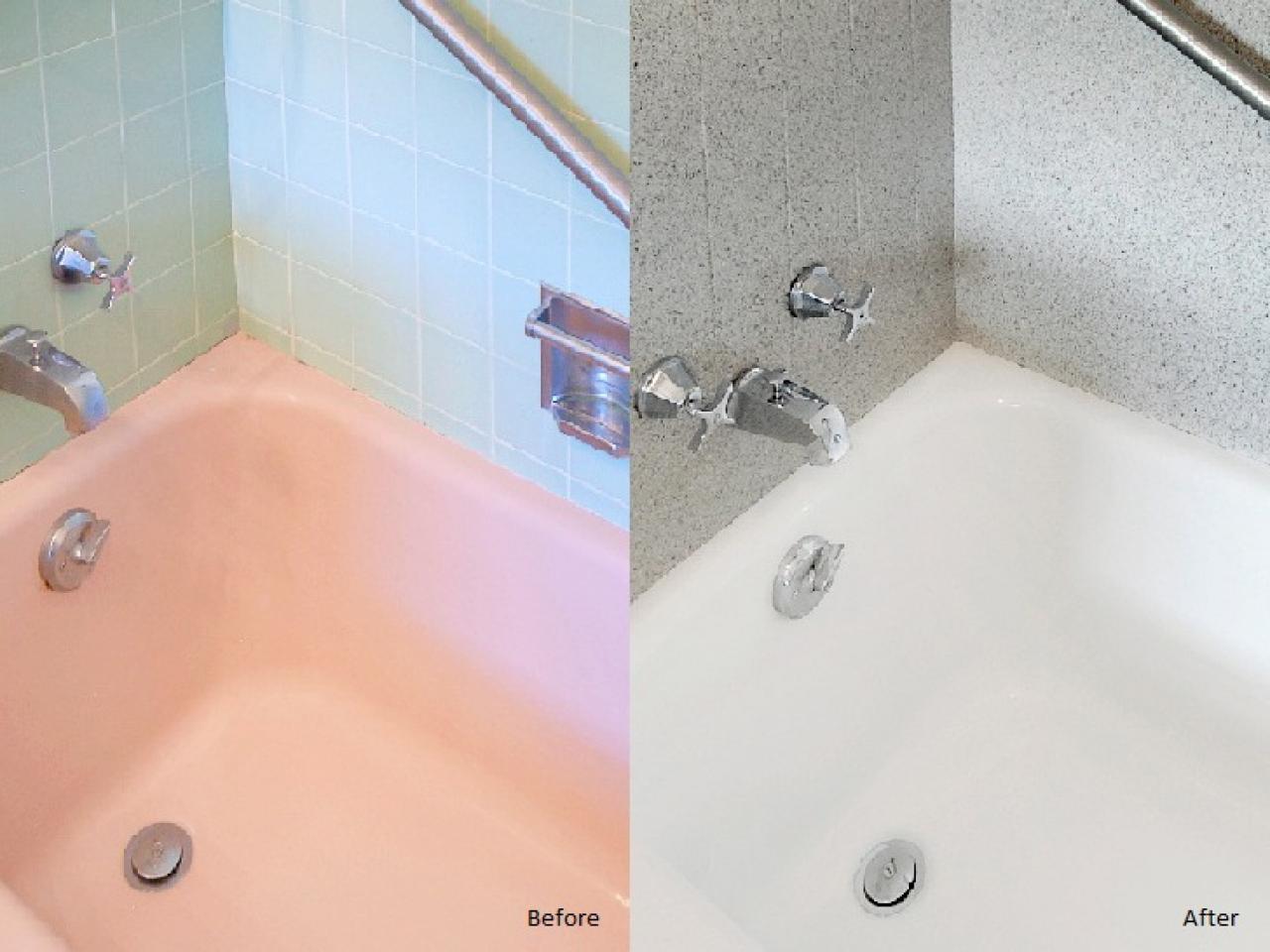
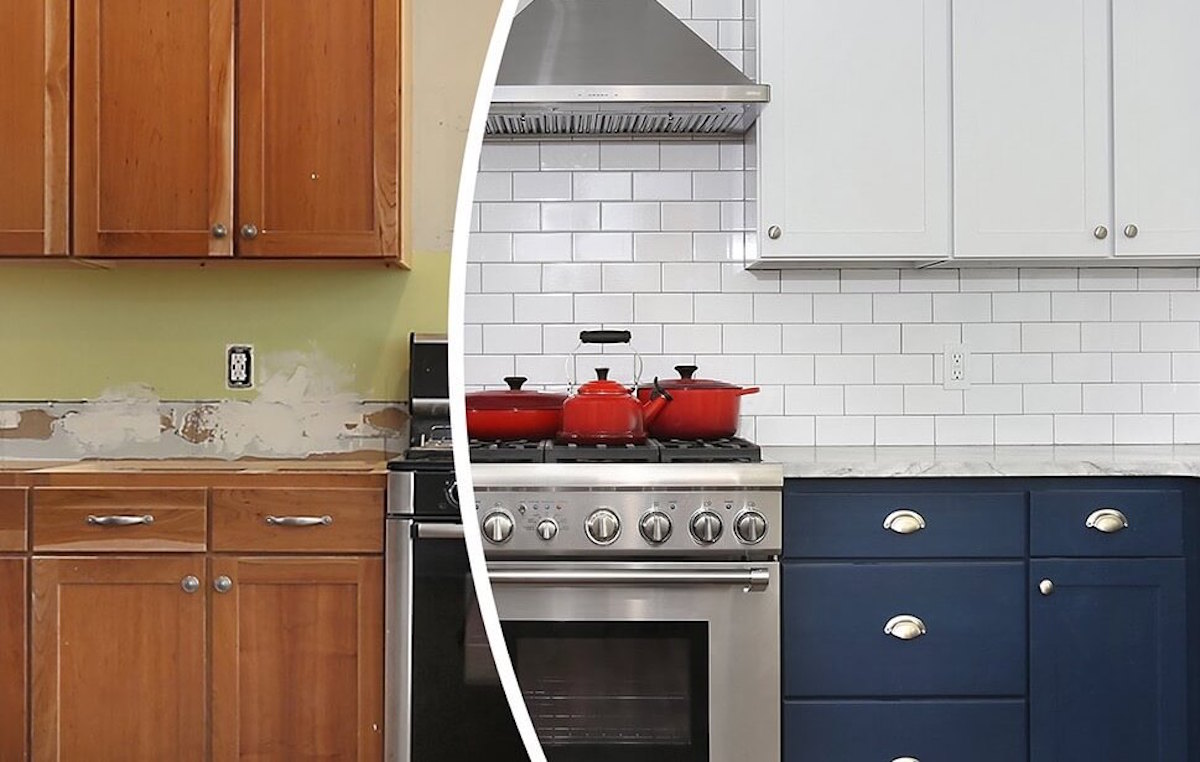


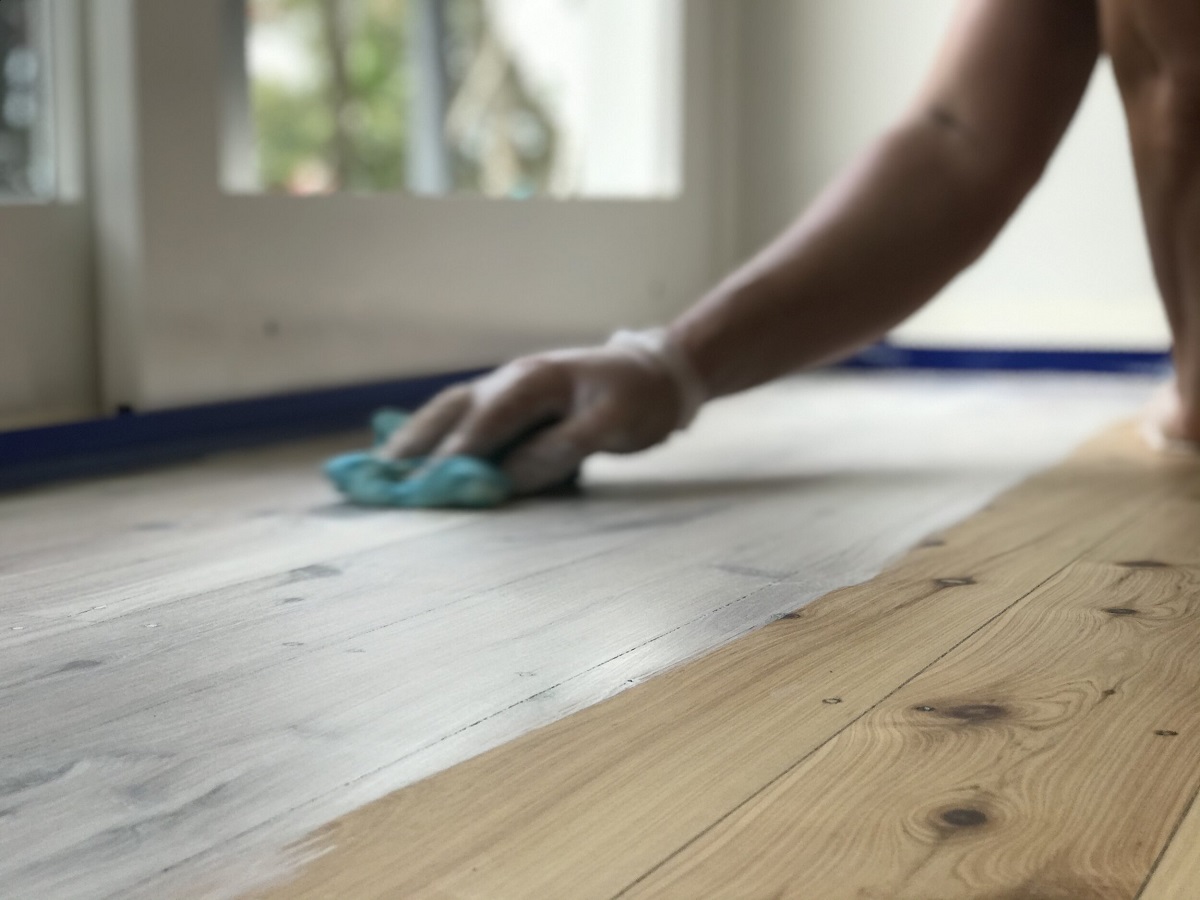

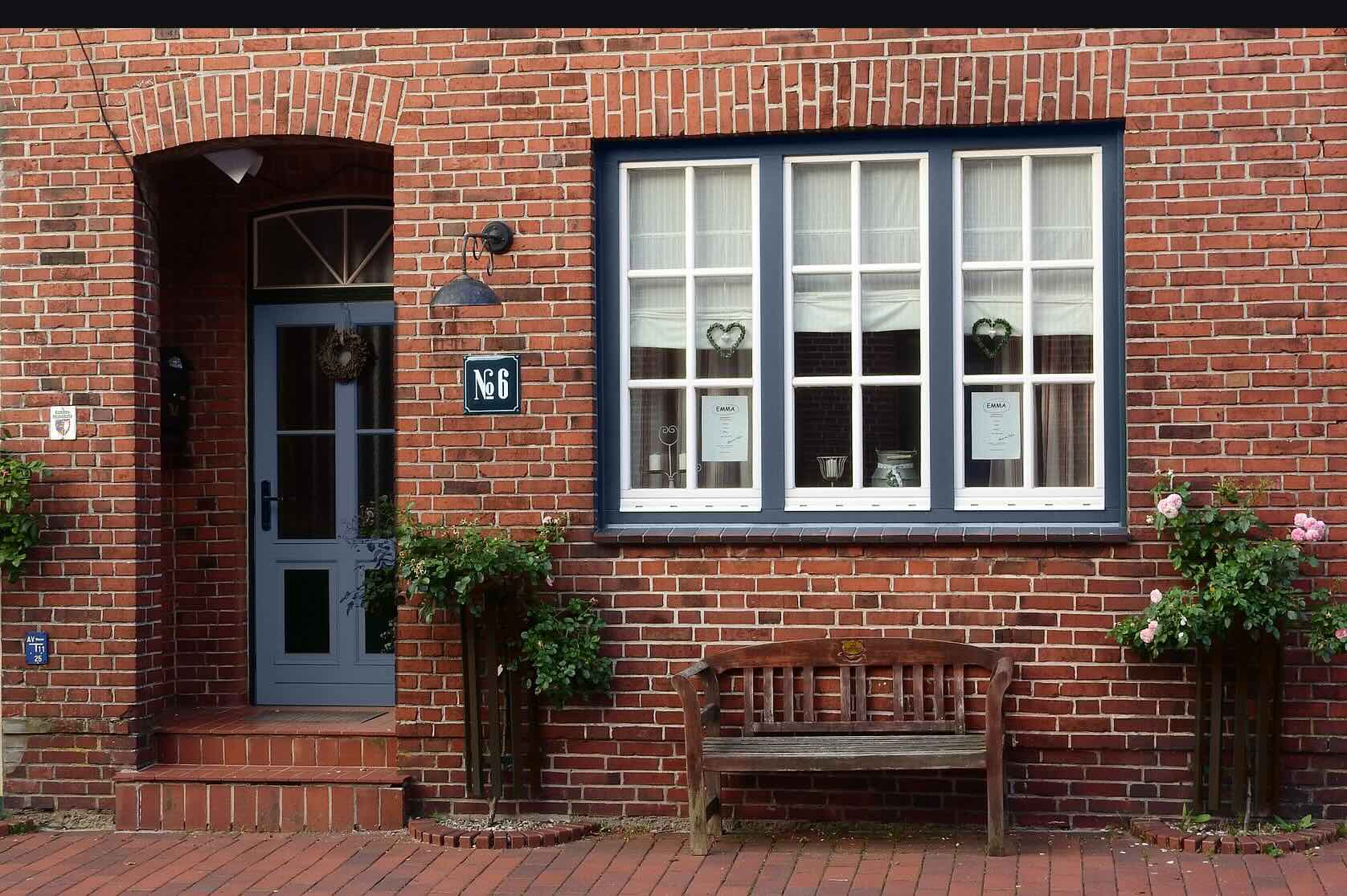




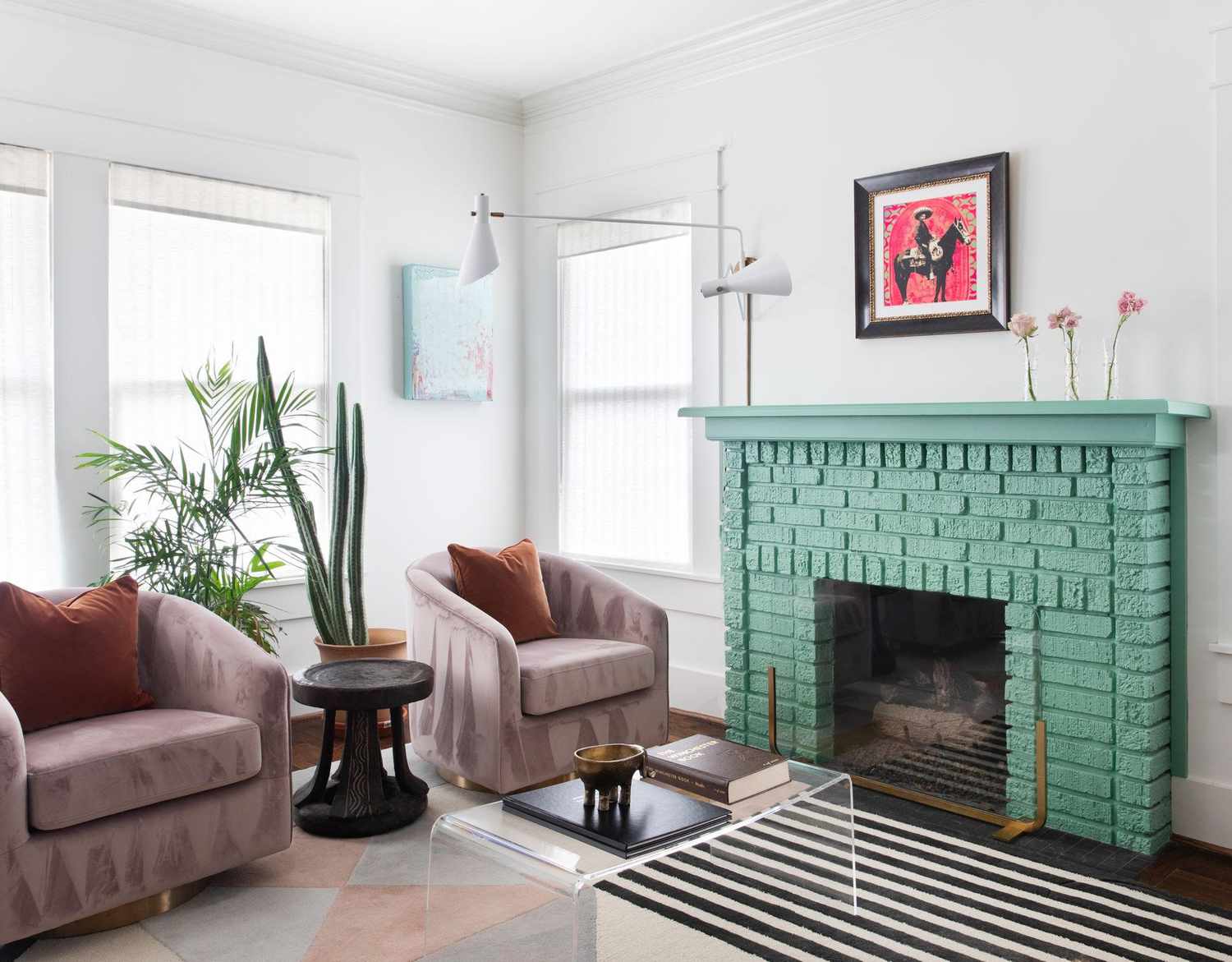
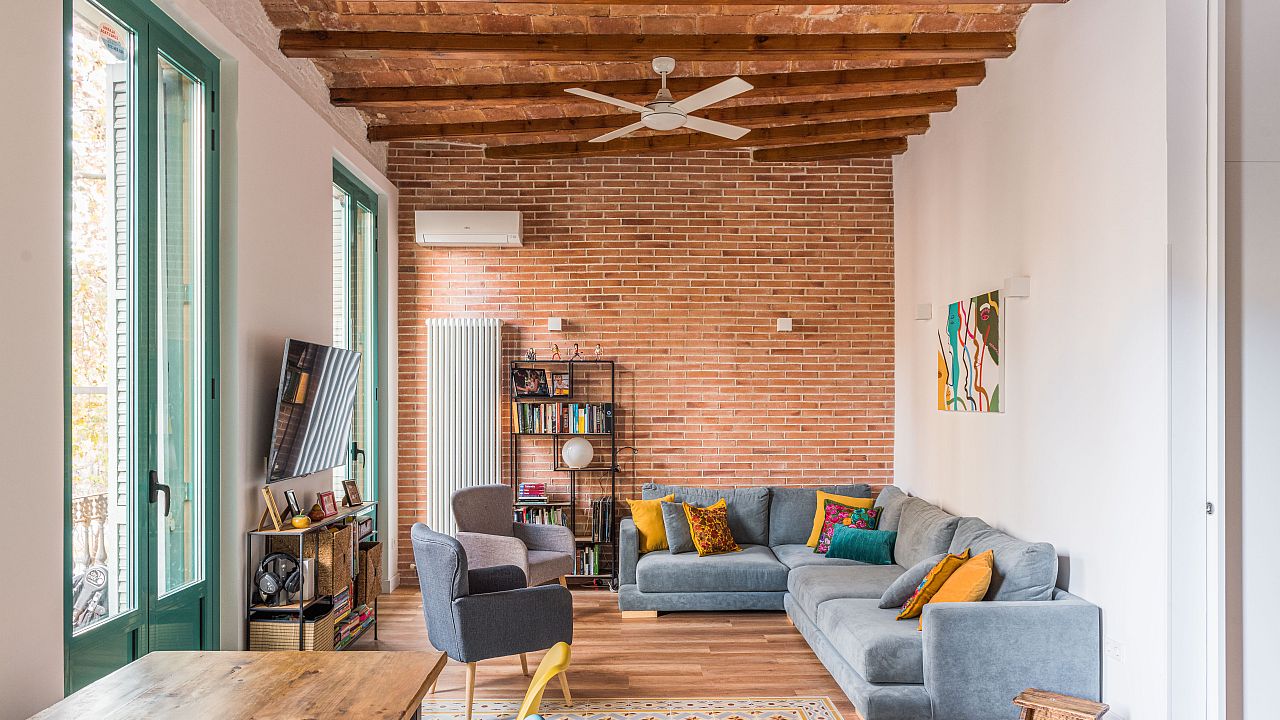
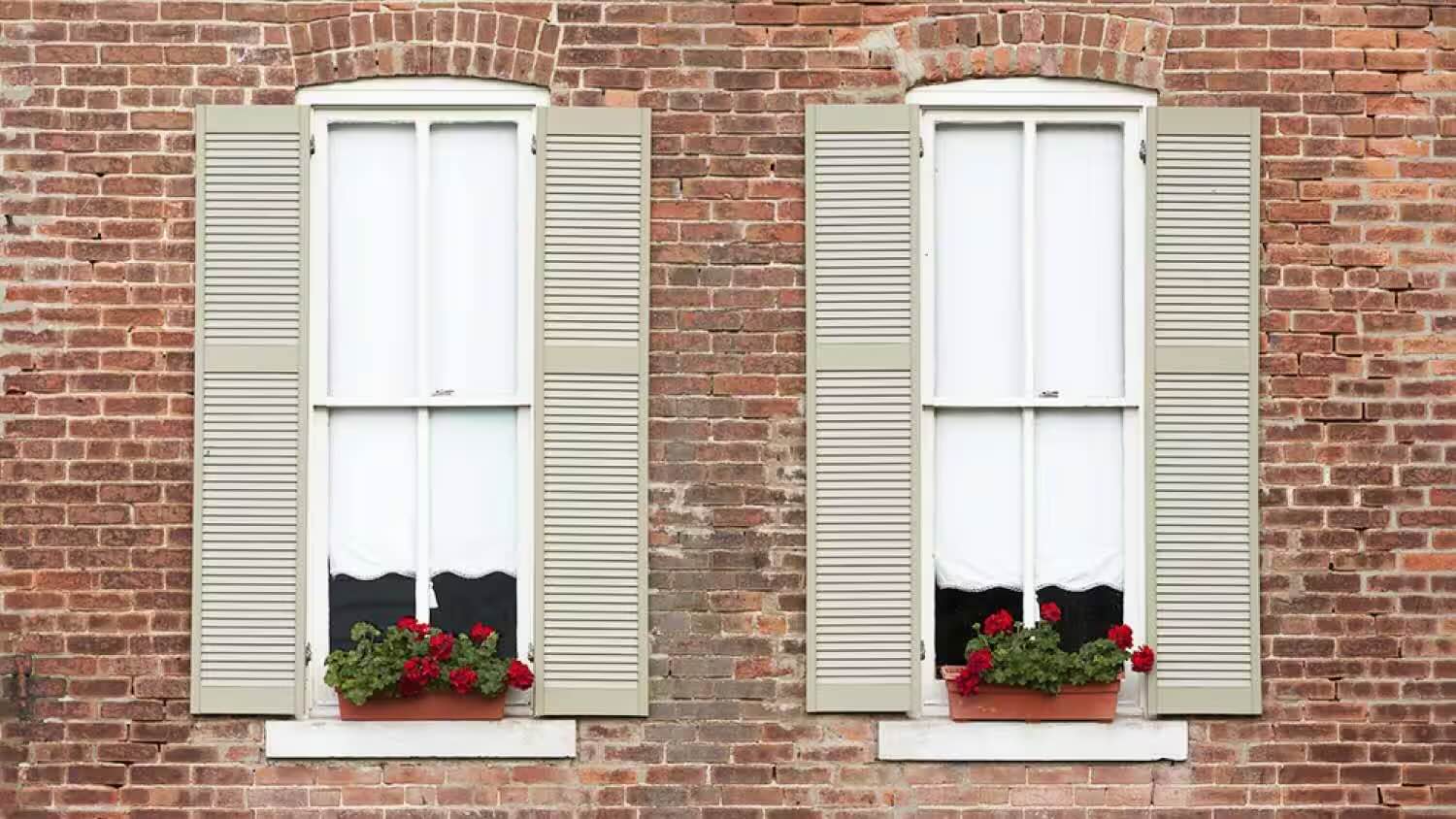

0 thoughts on “How To Change Brick Color”